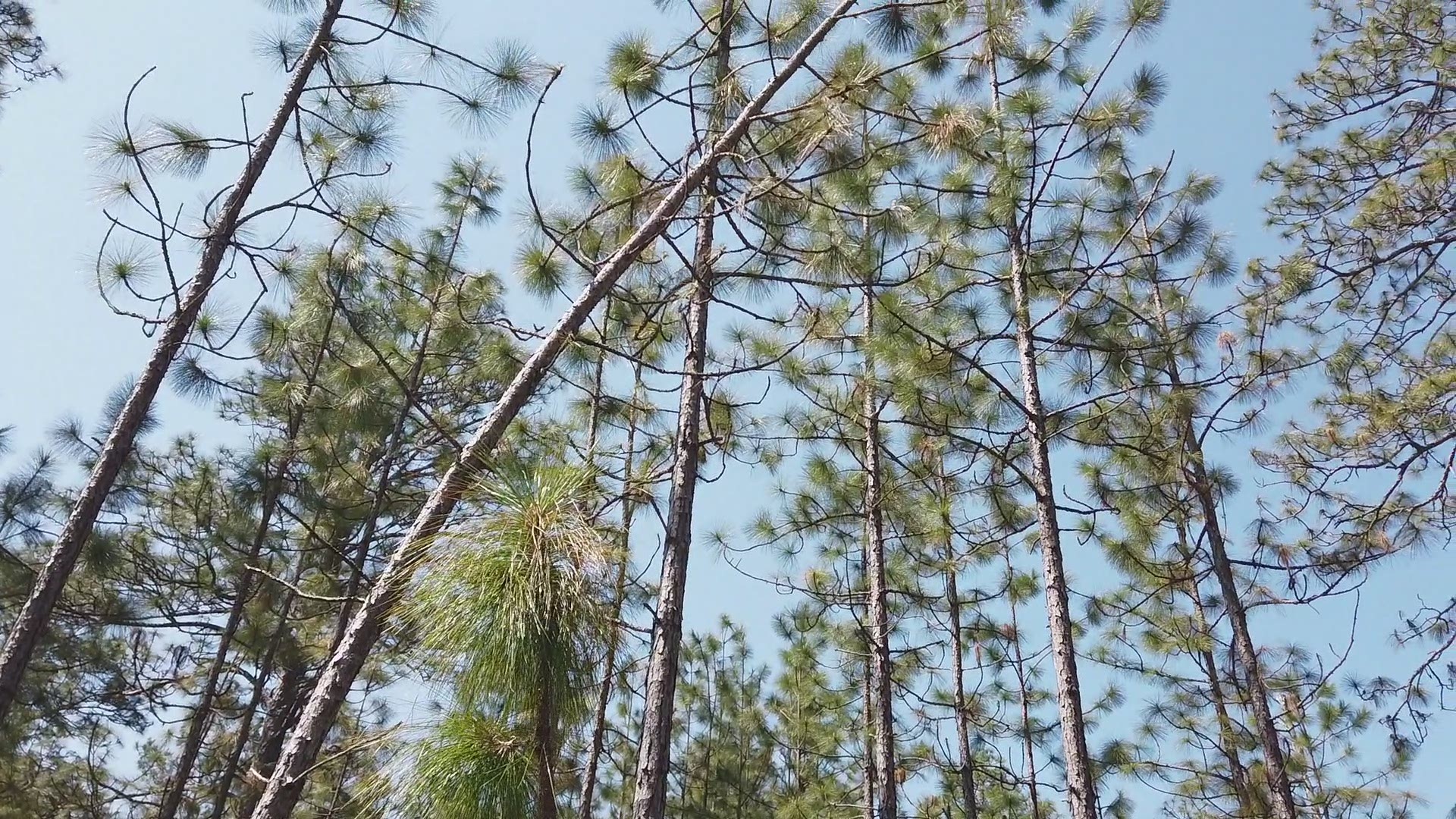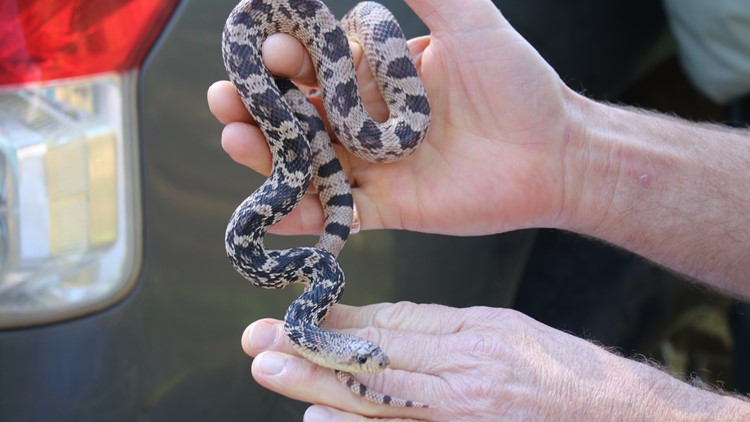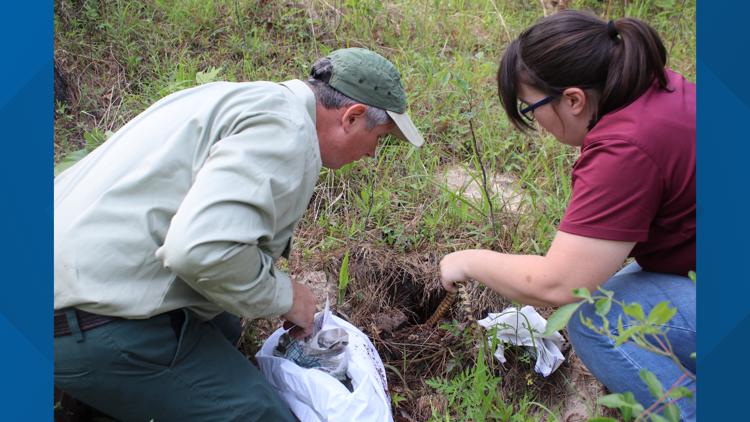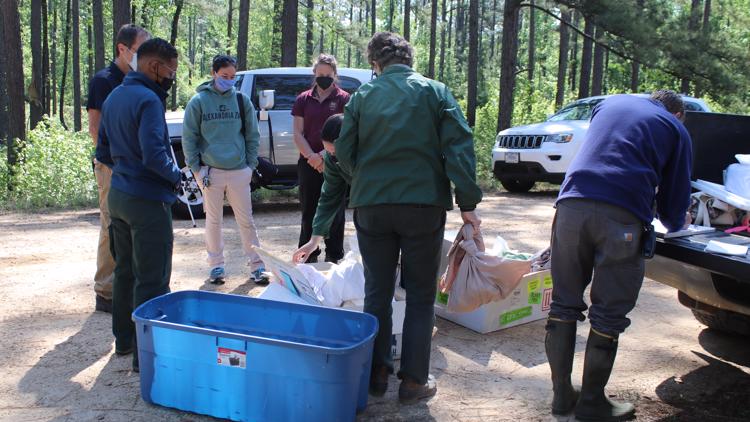MEMPHIS, Tenn — Deep in the Kisatchie National Forest in the heart of Louisiana, Dr. Steve Reichling, research director at the Memphis Zoo, embarked on a very important mission of releasing dozens of the endangered Louisiana pine snakes into their natural habitat.
In 2010, when they saw the wild populations rapidly declining, Dr. Reichling and his team at the Memphis Zoo took charge to revive the Louisiana pine snake and repopulate the species in its natural habitat. Through meticulous captive breeding programs that involve artificial insemination as well as natural breeding, the research team has produced hundreds of fertile eggs which they have raised and prepped to be released back in the wild.
On Earth Day 2021, April 22, the Memphis Zoo research team was joined by partners on the project from Fort Worth Zoo, Alexandria Zoo, U.S. Fish and Wildlife, and U.S. Forest Service to release 50 juvenile pine snakes into their indigenous habitat safely into stump holes and pocket gopher tunnels, which is their main prey. Remarkably, the research team has discovered that snakes from previous releases have begun breeding naturally in the wild.
This is a monumental discovery that shows the captive-bred snakes have successfully adapted to the area and will hopefully recover from its endangered status. Without the leadership of the Memphis Zoo research team, the populations of the Louisiana pine snake would have been decimated and lost to their natural environment forever.
Lost species grows with the help of the Memphis Zoo
About Louisiana Pine Snakes
The Louisiana Pine Snake is an endangered species native to the longleaf pine forests of Louisiana and Texas. They prefer the sandy, well-drained soils of open pine forests. They are the rarest snakes in North America. They are non-venomous with distinctive tan bodies patterned with blackish-brown splotches down their back. Their main prey source is the pocket gopher, which is prevalent in their ecosystem. They tend to live in the holes of pocket gophers and spend more than half their lives below ground. This snake species is unique in that they not only lay the largest eggs of any snake in North America, but they produce the fewest eggs per clutch. This low fecundity rate magnifies the other threats to pine snakes, such as deforestation, that negatively impacts their population sizes.











